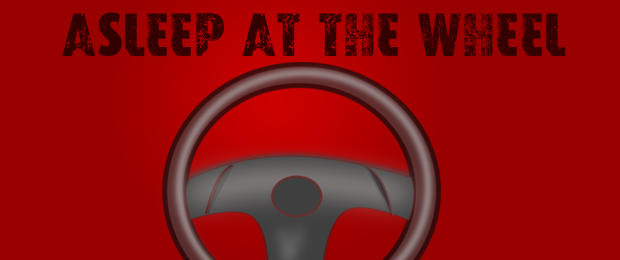Learn about the dangers of drowsy driving and the importance of good sleep habits.
Falling asleep at the wheel is clearly dangerous, but being sleepy affects your ability to drive safely even if you don’t fall asleep. Drowsiness—
- Makes drivers less attentive.
- Slows reaction time.
- Affects a driver’s ability to make decisions.
The scope of the problem
Although it may be difficult to attribute a fatal vehicle crash to drowsy driving, the National Highway Traffic Safety Administration estimates that 2.5% of fatal crashes and 2% of injury crashes involve drowsy driving. These estimates are probably conservative, though, and up to 5,000 or 6,000 fatal crashes each year may be caused by drowsy drivers.
Who’s more likely to drive drowsy?
- Commercial drivers.
- Shift workers (work the night shift or long shifts).
- Drivers with untreated sleep disorders such as sleep apnea.
- Drivers who use sedating medications.
- Drivers who do not get adequate sleep.
How often do Americans fall asleep while driving?
Among nearly 150,000 adults aged at least 18 years or older in 19 states and the District of Columbia, 4.2% reported that they had fallen asleep while driving at least once in the previous 30 days.Individuals who snored or usually slept 6 or fewer hours per day were more likely to report this behavior.
Prevent drowsy driving, before taking the wheel
- Get enough sleep! According to the National Institutes of Health, adults need 7 or 8 hours of sleep a day, while adolescents need 9 or 10 hours.
- If you have a sleep disorder, make sure to seek treatment.
- Refrain from drinking alcohol or taking sedating medications before driving.
Drowsy Driving and Alcohol
Cognitive impairment after approximately 18 hours awake is similar to that of someone with a blood alcohol content (BAC) of 0.05%. After about 24 hours awake, impairment is equivalent to a BAC of 0.10%, higher than the legal limit in all states.
In addition, lower levels of alcohol (below the legal limit) amplify the effects of inadequate sleep.
The warning signs of drowsy driving—
- Yawning or blinking frequently.
- Difficulty remembering the past few miles driven.
- Missing your exit.
- Drifting from your lane.
- Hitting a rumble strip.
.
If you experience any of these warning signs, pull over to rest or change drivers. Simply turning up the radio or opening the window are not effective ways to keep you alert.
